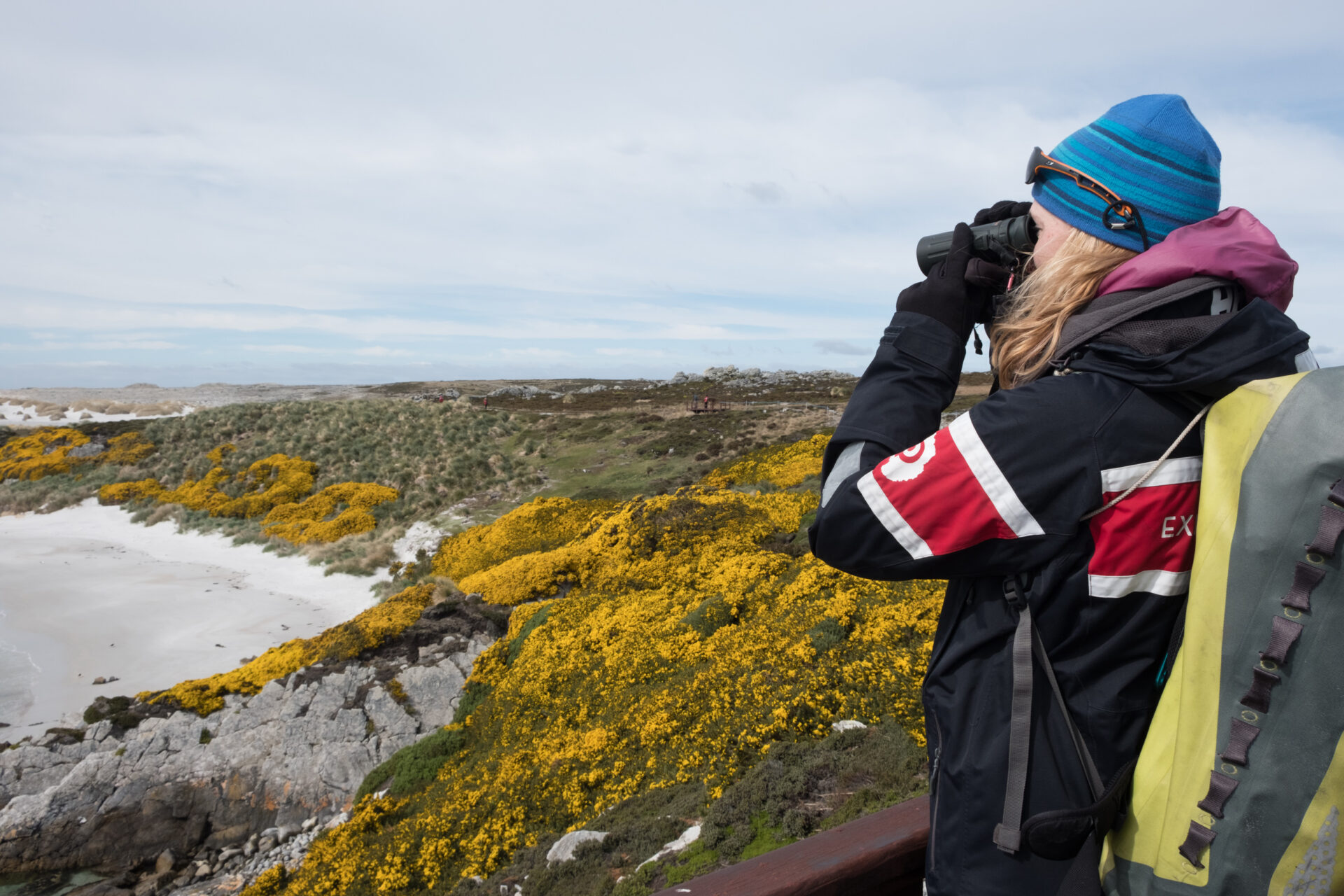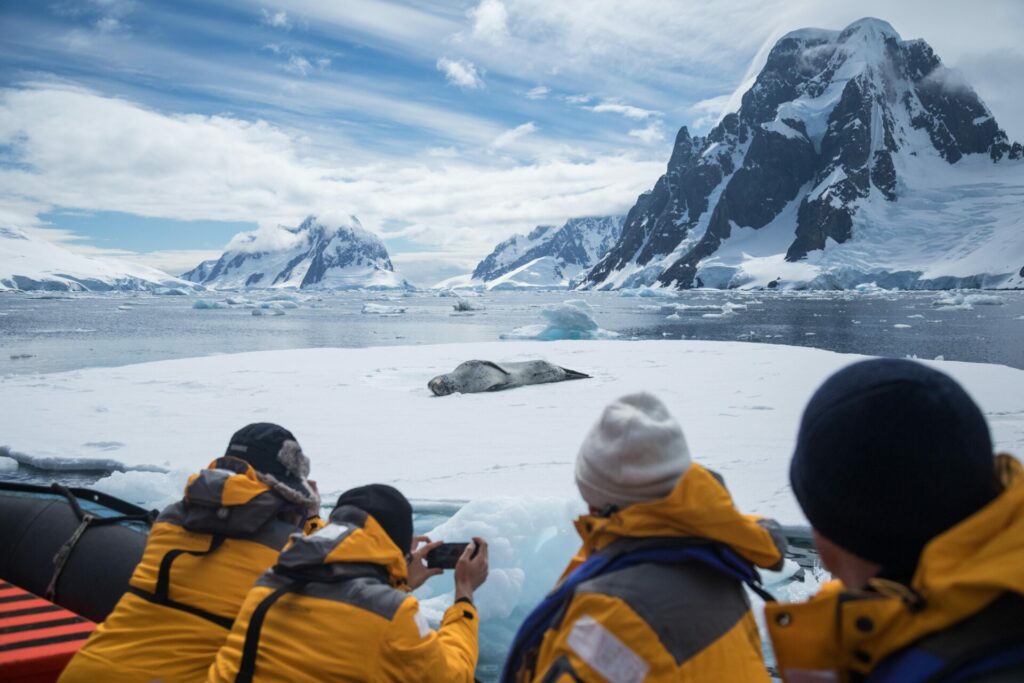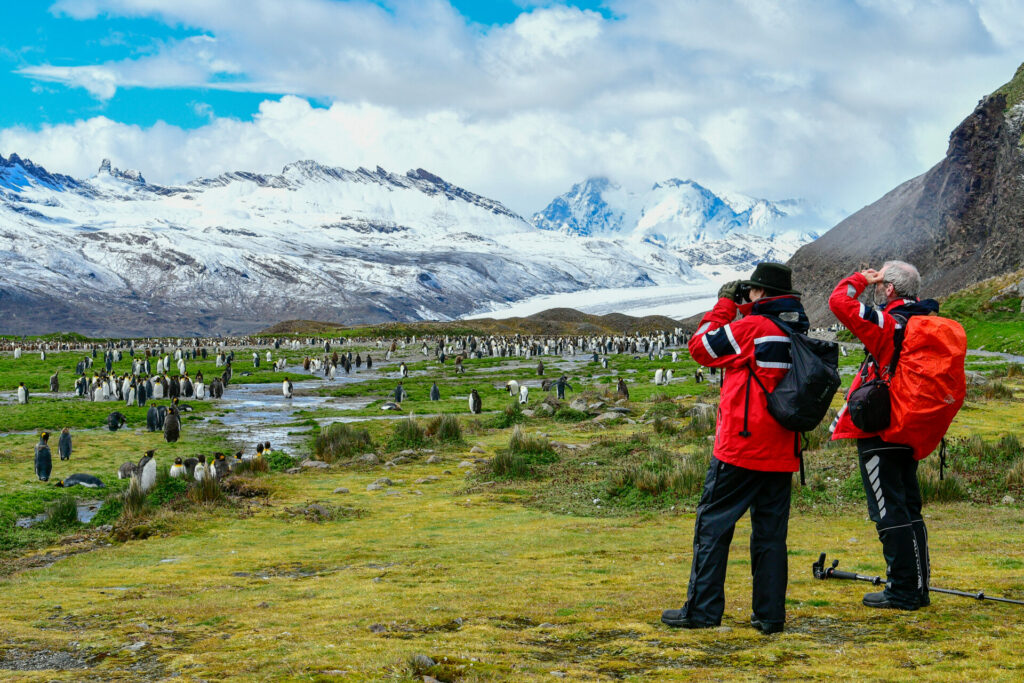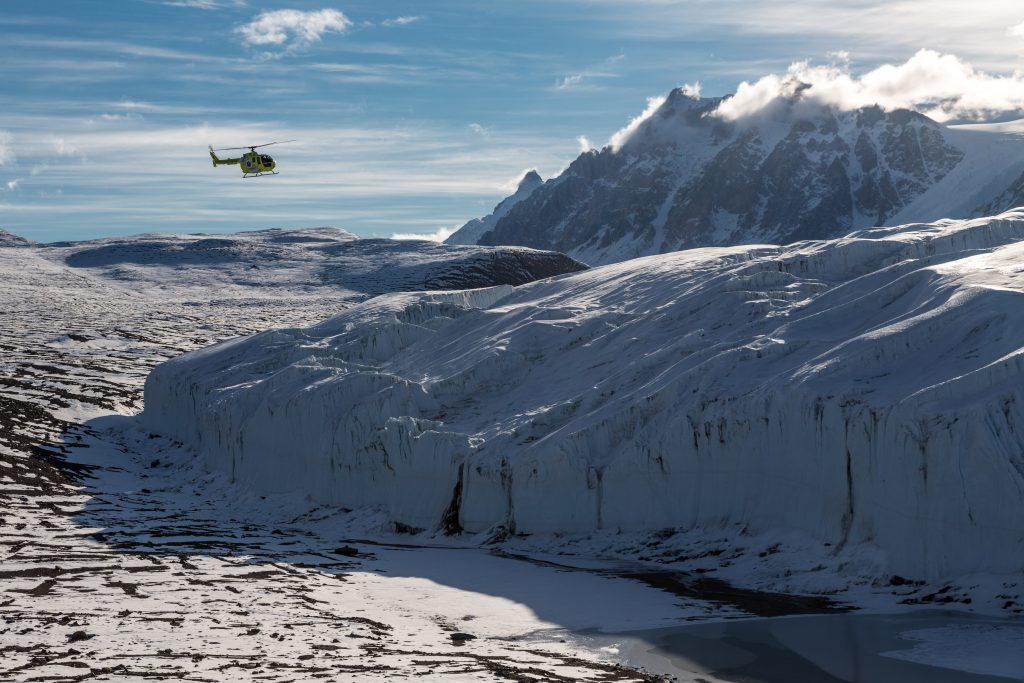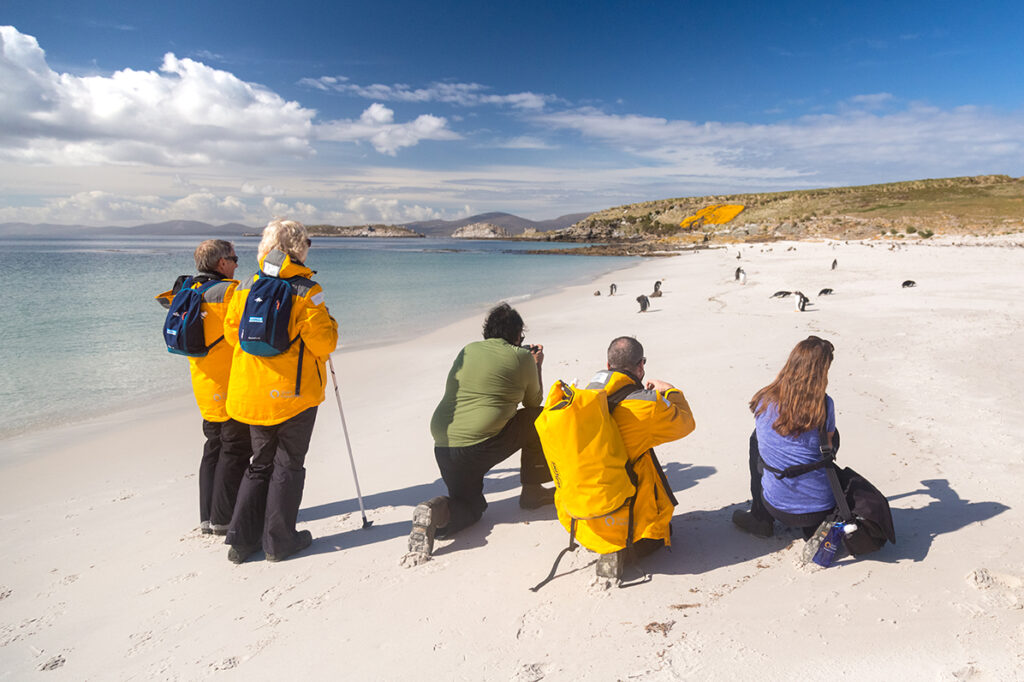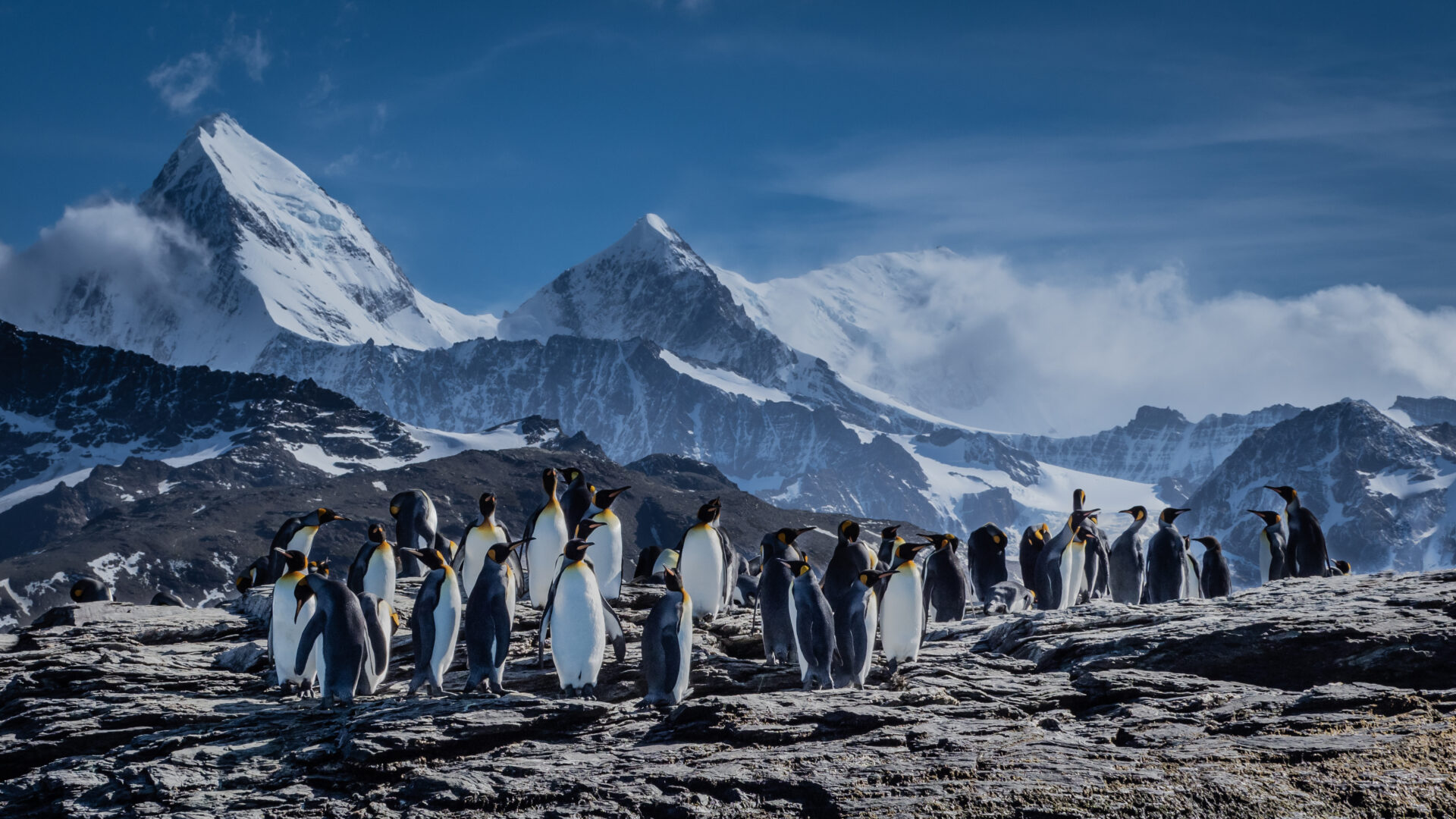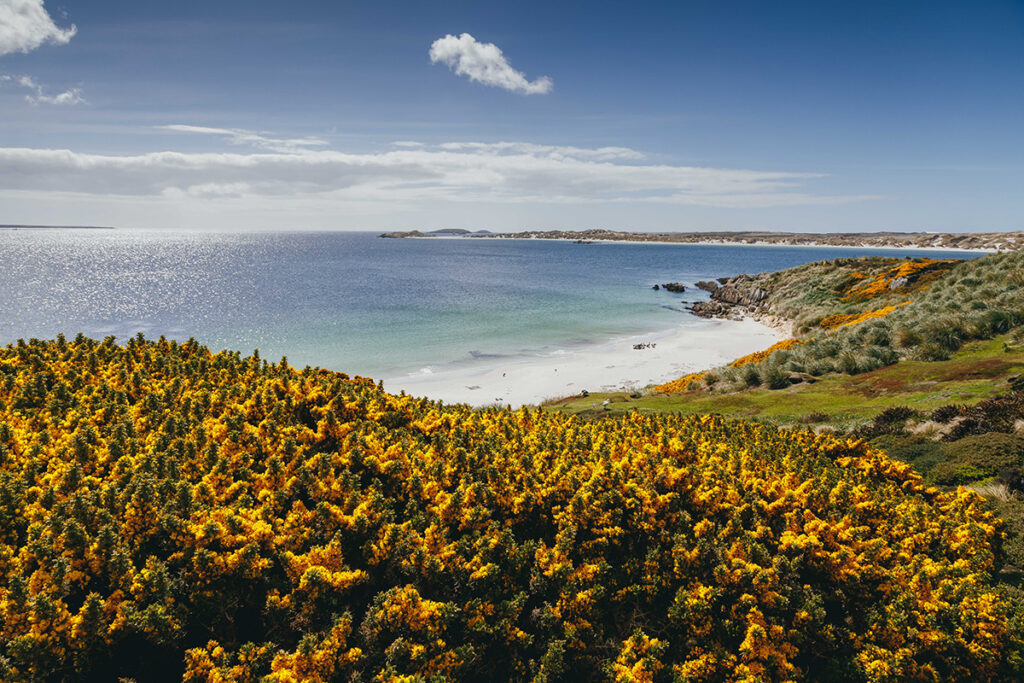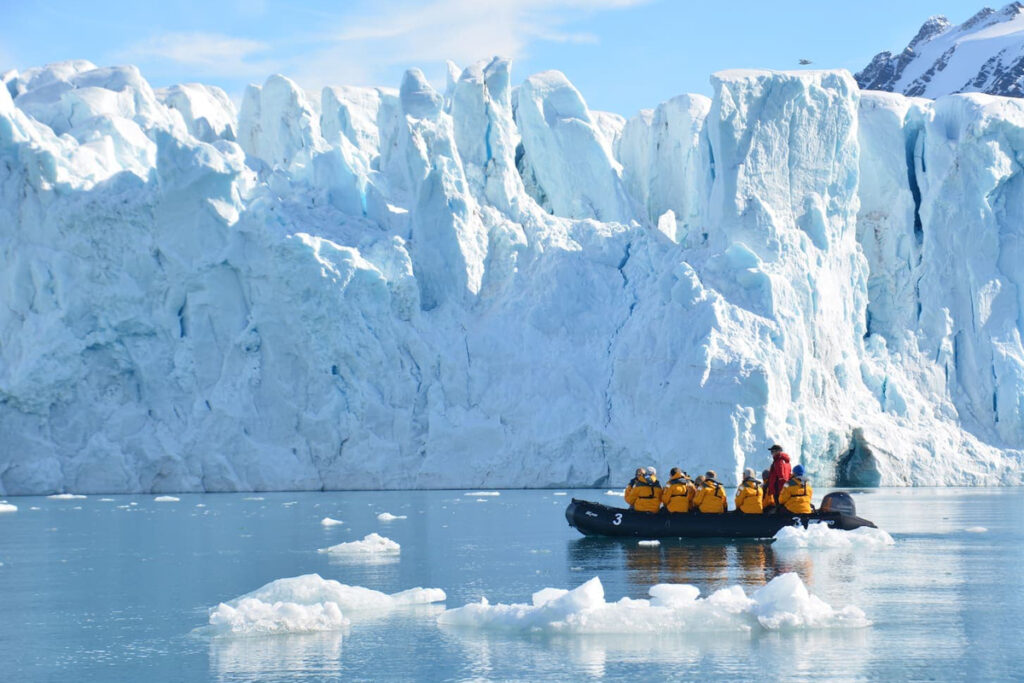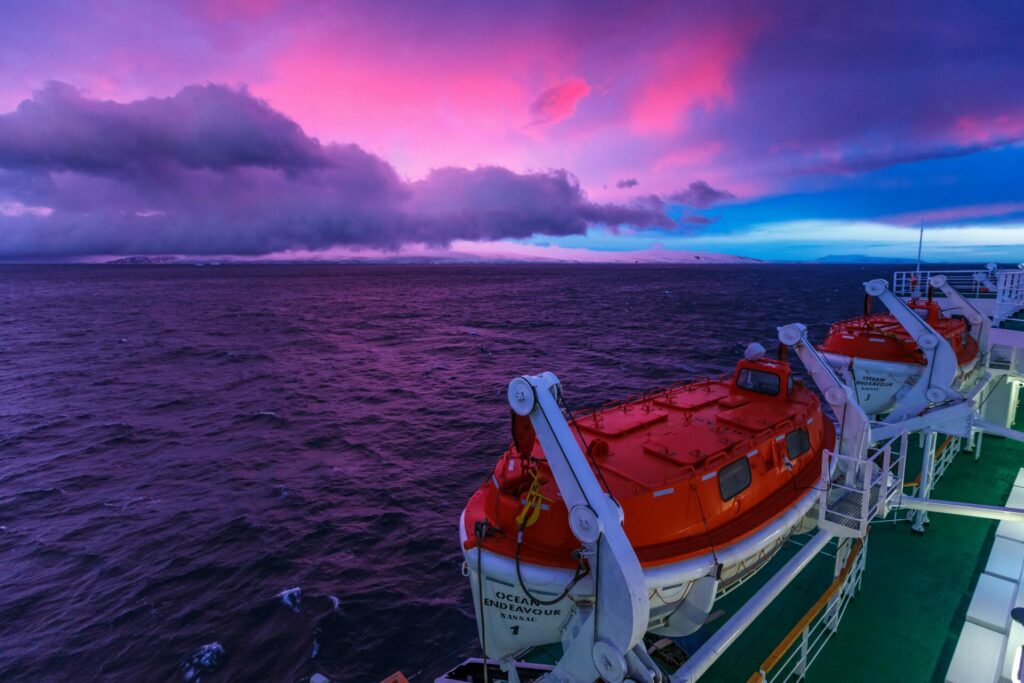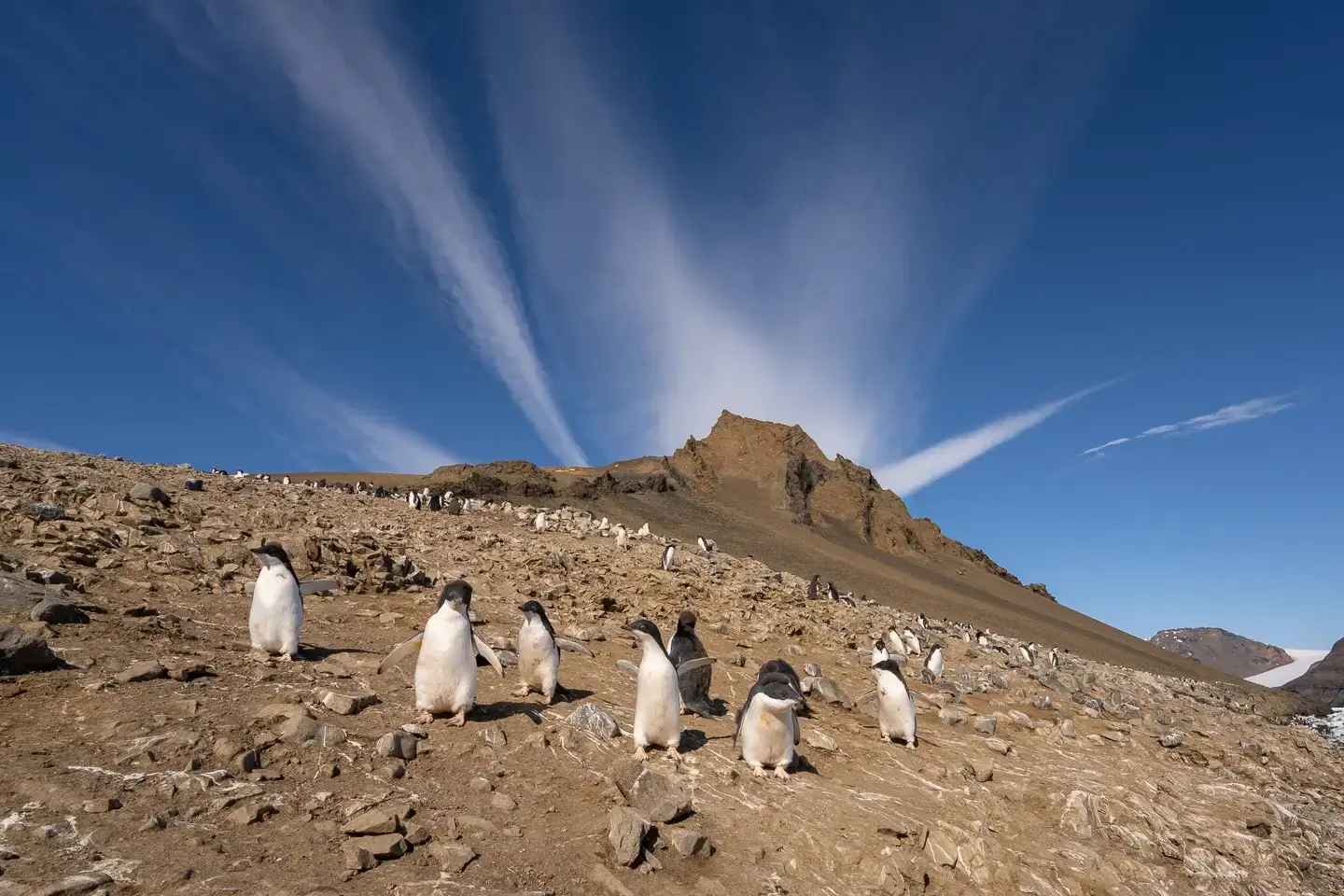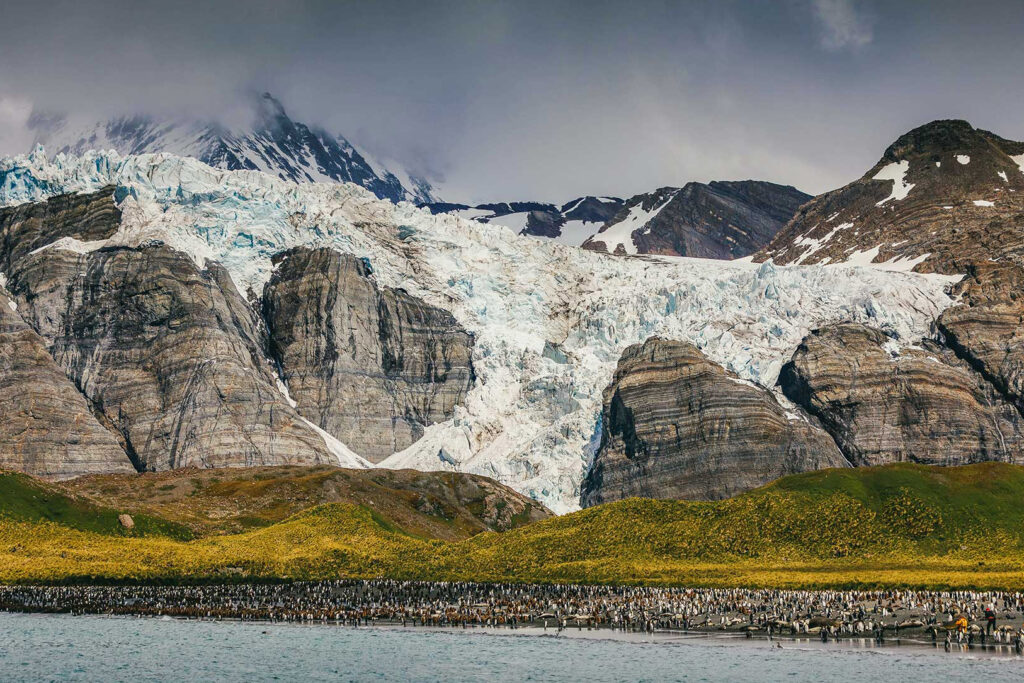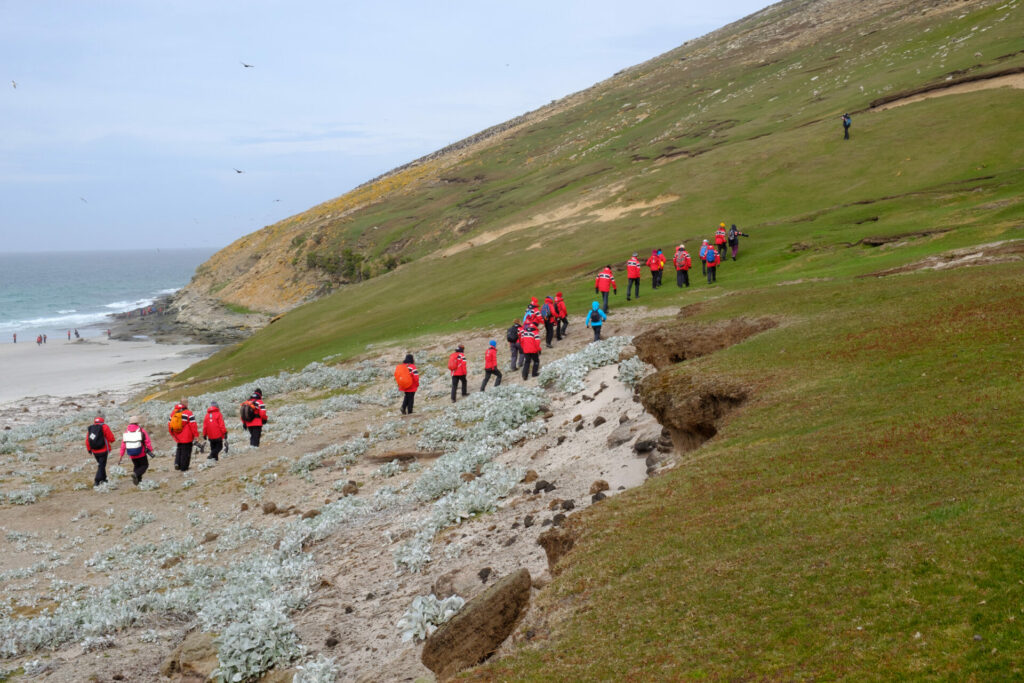- Home
- >
- The Geology, Geography, and Climate of Antarctica
Book Incredible Cruises to Antarctica and the Arctic
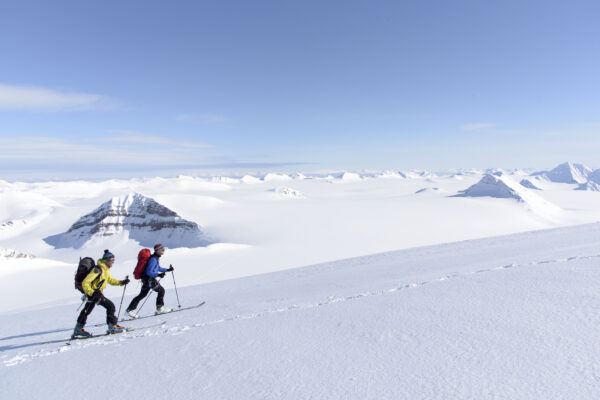
May 01, 2024 -
May 08, 2024
This program is designed for experienced ski mountaineers who have mastered techniques both for ascent and descent in challenging snow-covered alpine terrain. A typical day involves climbs on mountaintops averaging heights of 700 - 850 meters (2,300 - 2,800 feet) and downhill skiing fro...
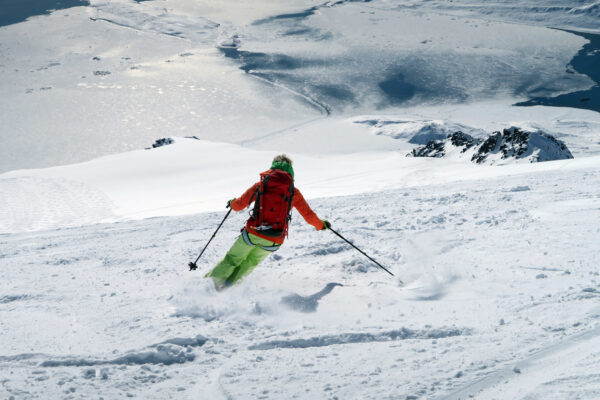
May 08, 2024 -
May 15, 2024
This program is designed for experienced ski mountaineers who have mastered techniques both for ascent and descent in challenging snow-covered alpine terrain. A typical day involves climbs on mountaintops averaging heights of 700 - 850 meters (2,300 - 2,800 feet) and downhill skiing fro...
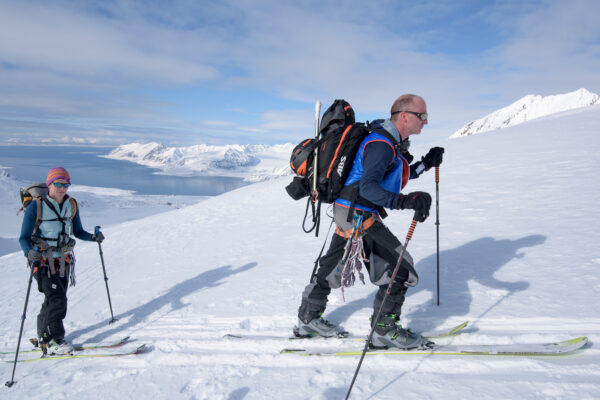
May 15, 2024 -
May 22, 2024
Cruise along the pack-ice of North Spitsbergen for a great chance of spotting Polar Bears. You’ll sail into beautiful fjords found on the north coast of West Spitsbergen, a fantastically beautiful fjord crested with spectacular glaciers and home to Ringed and Bearded Seals. The sh...
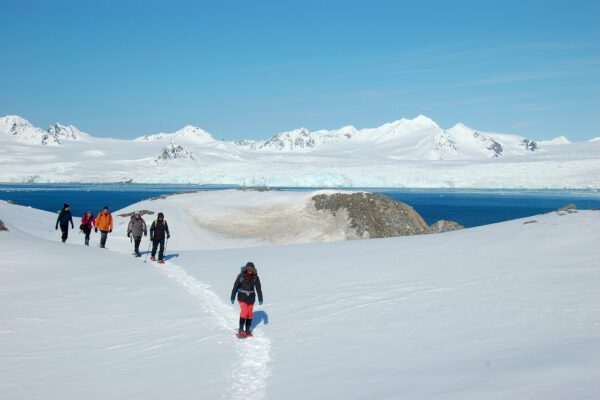
May 22, 2024 -
May 29, 2024
Cruise along the pack-ice of North Spitsbergen for a great chance of spotting Polar Bears. You’ll sail into beautiful fjords found on the north coast of West Spitsbergen, a fantastically beautiful fjord crested with spectacular glaciers and home to Ringed and Bearded Seals. The sh...
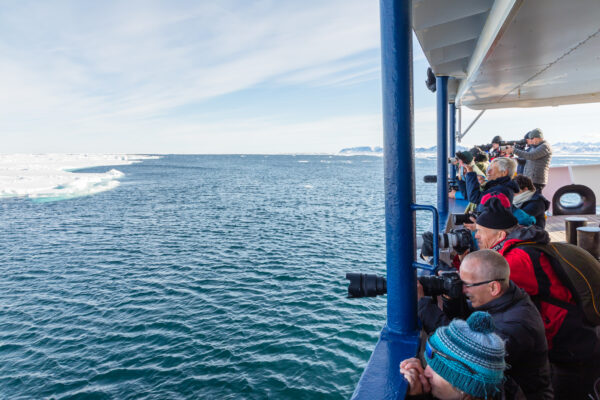
May 26, 2024 -
Jun 06, 2024
Sailing between our home port of Vlissingen and our most cherished Arctic archipelago, Svalbard, this expedition adventure visits the Scottish port of Aberdeen, the islands of Fair Isle and Jan Mayen, and the amazing Spitsbergen ice edge, giving you the chance to search for whales, and ...
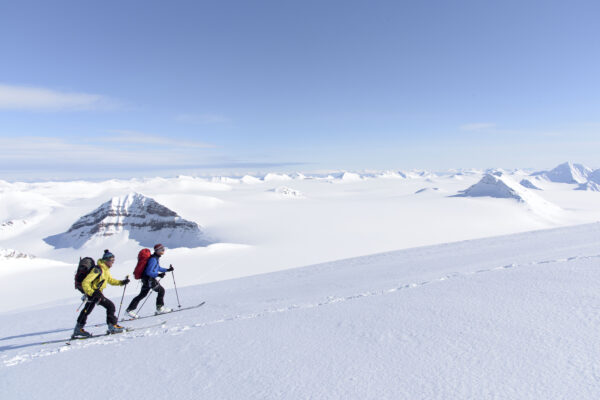
May 01, 2024 -
May 08, 2024
This program is designed for experienced ski mountaineers who have mastered techniques both for ascent and descent in challenging snow-covered alpine terrain. A typical day involves climbs on mountaintops averaging heights of 700 - 850 meters (2,300 - 2,800 feet) and downhill skiing fro...
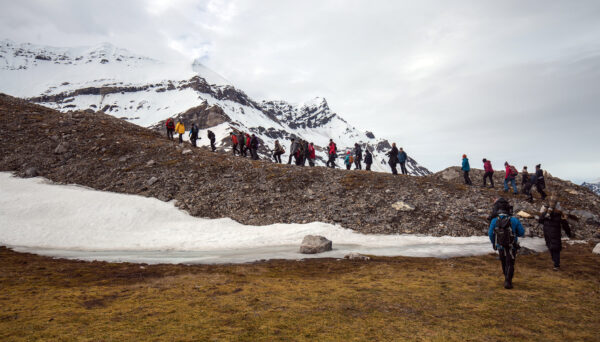
May 28, 2024 -
Jun 06, 2024
Sailing between the Scottish port of Aberdeen and our most cherished Arctic archipelago, Svalbard, this expedition adventure explores the islands of Fair Isle and Jan Mayen as well as the amazing Spitsbergen ice edge, giving you the chance to search for whales, and other animals of the ...
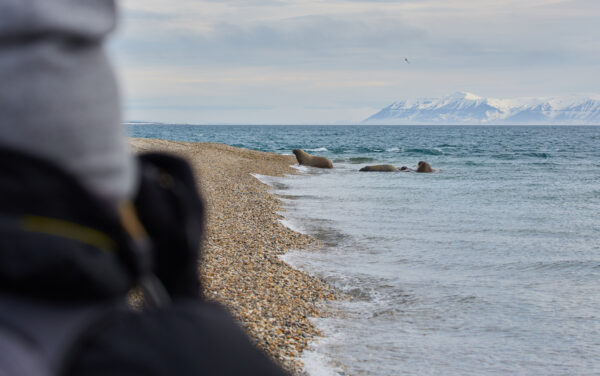
Jun 06, 2024 -
Jun 13, 2024
Sailing along the pack-ice of North Spitsbergen, will give us the best opportunities to spot the King of the Arctic. We sail to Raudfjord on the north coast of West Spitsbergen, a beautiful fjord dominated by spectacular glaciers and favoured by Ringed and Bearded Seal. The cliffs and s...
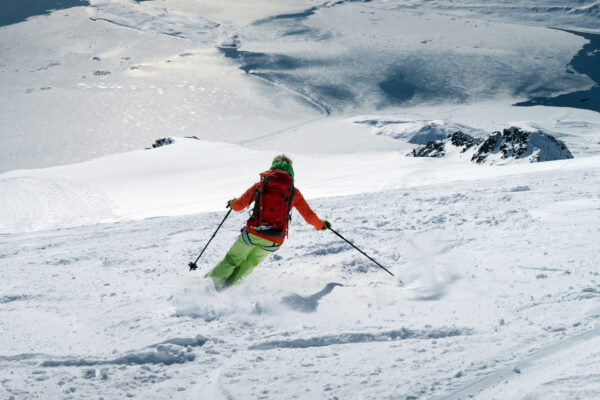
May 08, 2024 -
May 15, 2024
This program is designed for experienced ski mountaineers who have mastered techniques both for ascent and descent in challenging snow-covered alpine terrain. A typical day involves climbs on mountaintops averaging heights of 700 - 850 meters (2,300 - 2,800 feet) and downhill skiing fro...
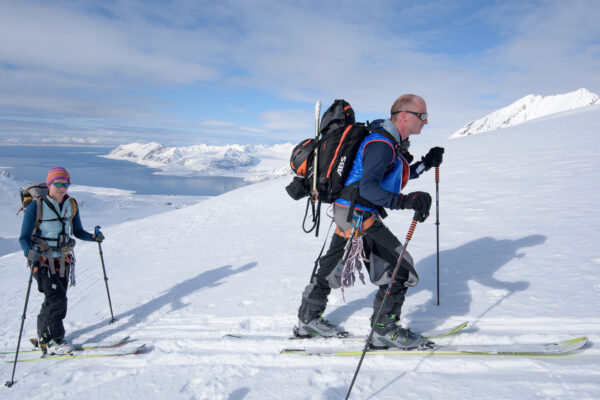
May 15, 2024 -
May 22, 2024
Cruise along the pack-ice of North Spitsbergen for a great chance of spotting Polar Bears. You’ll sail into beautiful fjords found on the north coast of West Spitsbergen, a fantastically beautiful fjord crested with spectacular glaciers and home to Ringed and Bearded Seals. The sh...
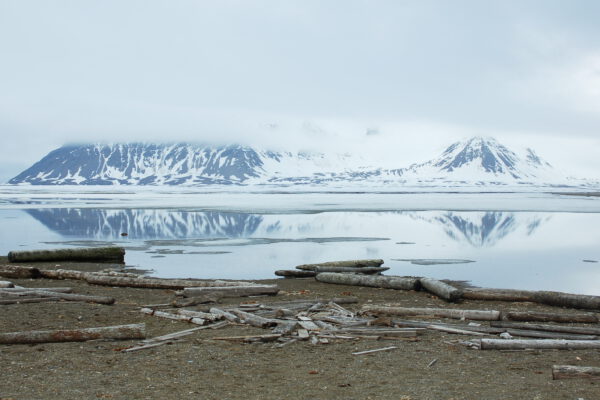
Jun 08, 2024 -
Jun 18, 2024
The North Spitsbergen cruise sails to some of the remotest locations of northern Europe. The expedition gives you the opportunity to spot historic whaling remains, glaciers, a variety of Arctic birds including the Little Auk, and polar bears....
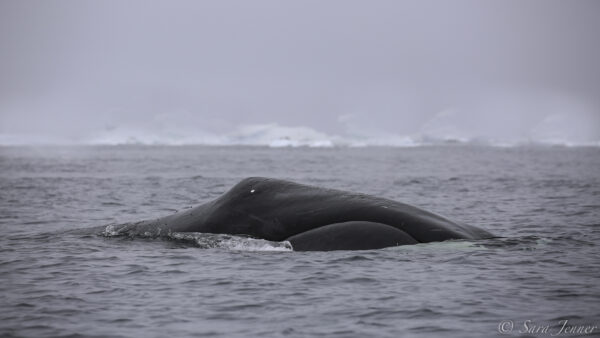
Jun 10, 2024 -
Jun 17, 2024
Join our adventurous expedition to the north of Svalbard’s largest island, taking in the area’s fantastically beautiful landscapes, thousands of seabirds, and possibly even polar bears. While searching for whales, seals, and other exotic wildlife among the sea ice, we’...

